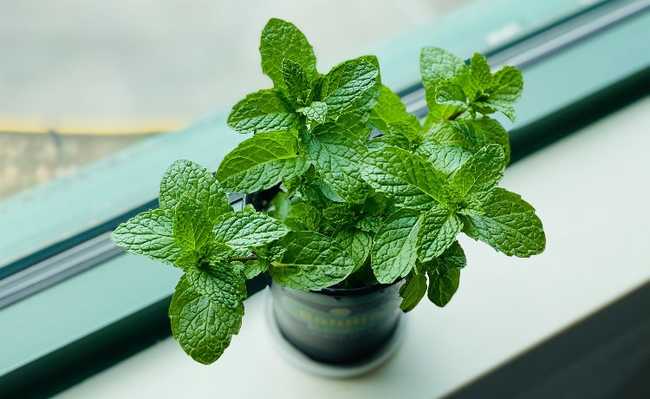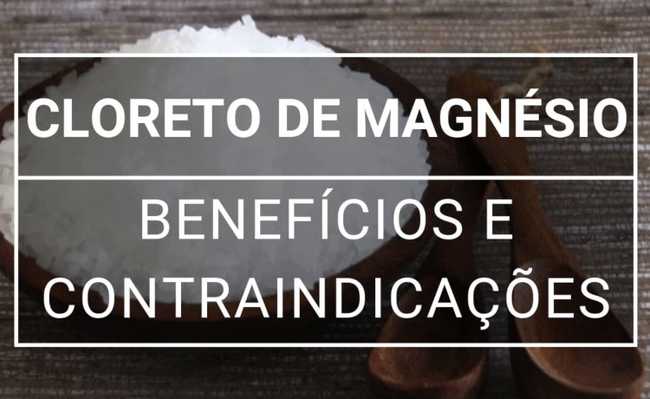Medicines: what they are, types and differences
Frequent use of medications is common, but do you know the difference between the types, where they come from or how they act in our body?

Bruno Glätsch image by Pixabay
Medicines are pharmaceutical products technically obtained or prepared, with prophylactic, curative, palliative or diagnostic purposes as defined by the National Health Surveillance Agency (Anvisa). They are different from medicines as they are prepared in the laboratory and have a whole regulation to be marketed and can be obtained in the following types: reference, similar or generic.
The use of natural resources for medicinal purposes is very ancient: there are records that the first techniques were used over eight thousand years ago. The peoples of antiquity, such as the Egyptians, Chinese and Indians, spread this type of practice and used the benefits of plants for healing rituals or treatments, giving rise to the first remedies. Later, scientists began to extract and modify the active principles of these plants, creating new versions of medicines.
From the Second World War (1939-1945), together with industrialization and technological advances, the research and production processes of new drugs underwent a great evolution and were consolidated. Synthetic organic chemistry has made it possible to create large-scale and economically viable synthetic medicines, so along with other advances, global life expectancy has increased from 48 years in 1950 to over 71 years in 2015. Today the great milestone of development of drugs has been given by the advance of genetic engineering.
Difference between Medicines and Medicines
Many people think that there is no difference between medicines and medicines, which have the same meaning, but they are wrong. Medicines are substances studied, tested and developed by the pharmaceutical industry with the aim of diagnosing, preventing, curing or alleviating symptoms. The remedy is broader, it refers to any therapeutic treatments also against illnesses and symptom relief. Homemade serum, a tea, massage, are all classified as medicines, but not medicines, on the contrary, medicines can be considered medicines.
Types of medication
Today, according to Law No. 9,787 of 1999, medicines can be divided into three main types of medicines: reference, similar and generic.
The reference drug is the innovative product, approved by the federal agency and marketed, whose efficacy, safety and quality have been scientifically proven. Within this type there are three other classes: homeopathic, which treat the patient with small doses that produce the same symptoms as the disease, stimulating the body to recover; herbal medicines, obtained from roots, bark, leaves and seeds; and allopathic, the most common among patients, the chemical acts directly on the symptoms - they can be industrialized or manipulated.
The similar medicine is equal to the reference medicine in its characteristics, it can only change the size, shape, expiry date, packaging and labeling.
The generic drug is a cheaper version (in economic terms) of the reference drug, as there is no brand on the package, just the name of the active substance; it is generally produced after the expiration or waiver of patent protection and other exclusivity rights.
But can you always change a reference drug for a similar or generic one? This exchange is called drug interchangeability. Before 2014 it was not possible to change the reference drug for a similar one, only for the generic one. But with the new regulation, after a comparative study of the similar drug with the reference drug in order to prove its efficiency, the similar drug enters the list of interchangeable drugs approved by Anvisa and can replace the reference drug. The exchanges that cannot be made are between generic and similar drugs and vice versa, and between drugs not included in the Anvisa list.
Where do new drugs come from?
Plants, animals, fungi and bacteria are still the main sources of biologically active substances, objects of study for new drugs. They have natural defenses that we try to replicate, so many medications are inspired by nature - about 77% of antibacterials, 53% of anticancers, 80% of antivirals and 100% of immunosuppressants available on the market are derived from natural sources.
Although it is always available in pharmacies, a drug goes a long way to reach the shelves. The development of new pharmaceutical products takes place through the research and development (R&D) process. After identifying the target, which would be the disease or symptom, it is necessary to find the chemical or natural compounds that act on it, thus selecting the prototype compounds. Future drug candidates are tested first in bacteria, living cells or tissue culture and in animals - these are pre-clinical tests to analyze the behavior of the compound. Afterwards, clinical tests are released, in human beings, carried out on patients or on healthy volunteers. The tests are divided into four phases, each with its specificities:
- Phase I - define tolerance, dosage
- Phase II - analyze therapeutic efficacy and safety
- Phase III - testing in larger populations and for longer periods
- Phase IV - tests after the drug is marketed
After phase III, the results data are sent by the regulatory agency (in the case of Brazil, Anvisa), for approval and registration, and finally production and marketing. This entire process takes a long time and takes an average of 12 years with a low probability of success, only 0.027% are approved by the regulatory body.
How does the drug work in our body?
You can use the drugs by different routes of administration, such as sublingual, by skin, injection, inhalation, drops and orally. This information can be found in the package insert. There are four basic stages of medicine in our body: absorption, distribution, metabolism and excretion. When ingesting it, it passes through the esophagus and goes to the stomach, there the natural acid dissolves it. If there is a coating, such as a capsule or pill, it prevents absorption in the stomach, causing the active ingredient to reach the intestine, where most medications must be absorbed.
That's why different drugs have different coatings and shapes. In the intestine, the active ingredient present in the pharmaceutical product is dissolved and distributed in the bloodstream to take it to the place where it will act. The active ingredient knows exactly where it should act - each organ or system in our body has specific receptors and the active ingredient is designed to fit these receptors perfectly. After the medicine has done its work, it is metabolized (its molecules are broken down and leave our bodies in the urine and feces).
Search supported by: Roche







